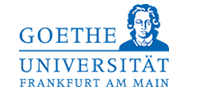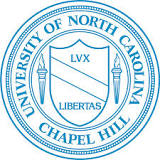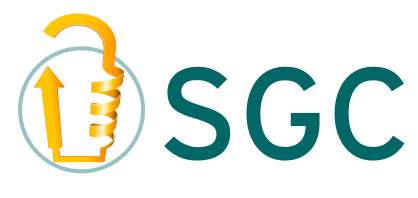 |
 |
 |
 |
 |
 |
The launch of the SGC

In the early months of 2003, I made a trip to England to interview for the SGC Chief Executive position, which was to be based in Oxford. Prior to the trip, I had agreed with my colleague Cheryl Arrowsmith that it would be an exciting opportunity for us – provided there was a willingness on behalf of the Wellcome Trust and the pharmaceutical companies to modify the draft SGC business plan and include a Canadian arm to the project. Long story short, they agreed, they offered the job, I accepted. The SGC would be a UK-Canada partnership with two laboratories – one at the University of Oxford and the other at the University of Toronto. Its aim would be to “substantially increase the numbers of human structures in the public domain” by solving the structures of 350 human proteins in three years.
Getting the SGC off the ground sounds simple, but the road to a funding commitment was slightly bumpier. The SGC was conceptualized as a public-private partnership. However, although many pharmaceutical companies were involved in the initial SGC discussions in the late 1990’s, but by the time the pens were out to sign an agreement in 2003, enthusiasm had waned. Of course there was an ever so slight difference in the stock market between 1999 and 2003! In the end, GSK was the only company that stepped up and committed funding. Indeed, if not for the commitment of GSK, from Rob Cooke, to Drake Eggleston to Tachi Yamada and others, there would be no SGC.
The commitment of the public funders (and the two Universities!) also was extraordinary. Michael Morgan and his group at the Wellcome Trust (and the Governors of the Trust) firmly maintained their support for the SGC concept even as pharmaceutical companies were heading for the doors, and devoted considerable time and effort to guiding the SGC from concept to reality. Over in Canada, the leaders of a group of four Canadian funders (the Canadian Institutes of Health Research, Genome Canada, the Canadian Foundation for Innovation and the Ontario Ministry for Research) came together for the first time to fund a single project that did not fit any existing box. Each deserves loads of credit because all had to overcome organizational and procedural issues to make it happen.
In retrospect, what they all did was quite amazing. In aggregate, in the Spring of 2003, this group of funders committed approximately $100M to a project that comprised one person, no labs, no aim of “economic impact”, and tepid support from the pharmaceutical industry.
Who says funders are risk-averse?
